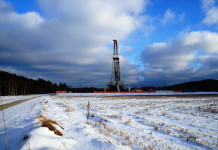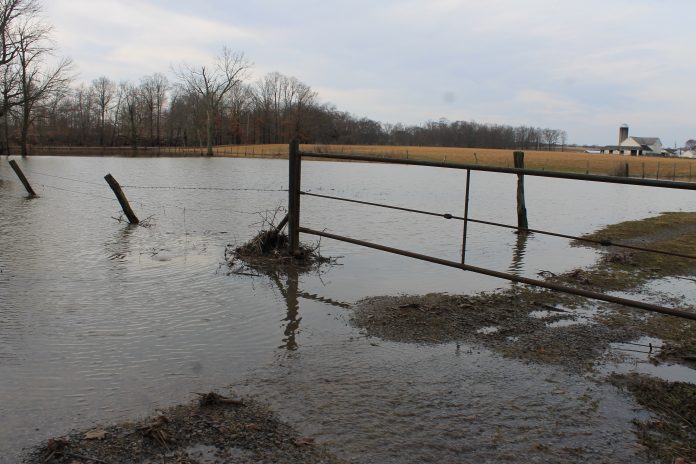WASHINGTON — The National Oceanic and Atmospheric Administration (NOAA) issued its three-month U.S. spring outlook, highlighting a moderate risk of flooding in the Ohio River Valley basin and Lower Mississippi River.
Flooding
Even ahead of the typical spring flood season, heavy rainfall has already caused damaging floods in the Ohio and Mississippi River basins and brought record flooding to the lower Great Lakes region.
“Flooding that began in mid-February is still ongoing for parts of the middle and lower Mississippi Valley and is forecast to continue for at least the next few weeks,” said Thomas Graziano, director of NOAA’s Office of Water Prediction.
Through May, moderate flooding is likely in the lower Mississippi Valley, parts of the Ohio River Basin, the Illinois River Basin, and in parts of the lower Missouri River Basin.
Minor flooding is possible in parts of the Columbia River and upper Missouri River Basin as above-normal snowpack in the Northern Rockies melts.
Local heavy rainfall, especially associated with thunderstorms, can occur throughout the spring and lead to flooding even in areas where overall risk is considered low.
Drought
More than a quarter of the country is currently experiencing drought — from Southern California into the Southwest, the northern and southern High Plains, and parts of the Southeast.
(Article continues below map.)
Drought is likely to persist in most of these areas and potentially expand by late June.
Drought improvement should occur in the northern Plains and lower Missouri Valley where above-average precipitation is expected during a normally wet time of year.
Temperature, rain
Through June, odds favor above-average temperatures for the southern two-thirds of the U.S., extending from California across the central Plains and into the Northeast.
The greatest likelihood of above-average temperatures extends from the Southwest across Texas and the Gulf Coast. Hawaii and the northern half of Alaska are also favored to experience above-average temperatures during the April through June season.
The Northern Rockies is the only region leaning towards below-average temperatures this spring.
Below-average precipitation is anticipated across much of the West and South, extending from California to the south-central Plains, including Texas and parts of Oklahoma where drought is currently affecting the region.
It is most likely to be wetter-than-average for much of the northern U.S., extending from the northern High Plains, across to the Great Lakes and Ohio Valley, eastward to include the mid-Atlantic and Northeast as well as for northern Alaska and Hawaii.











